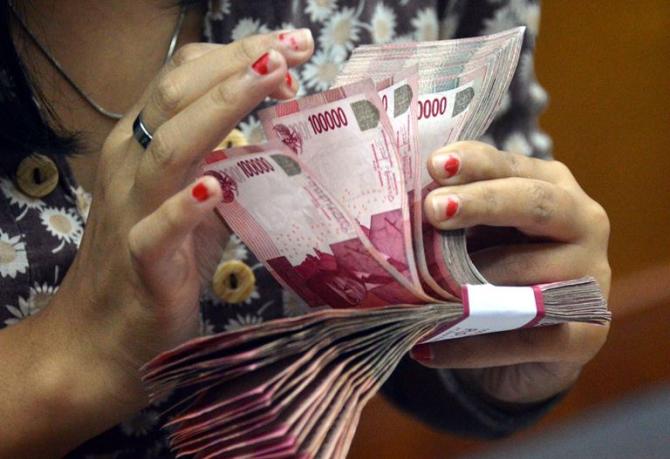
All of these trends have intensified already-endemic political corruption: lawmakers who have to surrender much of their legal income to party treasuries have resorted to corrupt practices to compensate for their losses; successful candidates for political office who paid parties for their nominations (and subsequently had to self-fund their campaigns) assume their new posts either with significant private debt or feel an obligation to serve the interests of their sponsors; and oligarchs have taken control of some political parties (five out of the 10 main Indonesian parties are currently controlled by tycoons), using them as vehicles for their economic and political interests.
In other words, the reluctance of the Indonesian state and society to provide parties with legal and regular public subsidies has justified and aggravated the predatory behavior of politicians on the one hand, and opened up opportunities for oligarchic intervention on the other. Second, the political corruption associated with informal party financing has not only led to the siphoning off of public funds, it has also produced biased policy-making and low-quality public services. In the House of Representatives, for example, legislators often have to defend the agenda of their sponsors rather than those of their constituency or the broader public.
Thus, legislative drafting processes are frequently dominated by the interests and suggestions of political donors that are communicated through their proxies in committees. The same applies to budgets: the process tends to be driven by the commercial interests of sponsors, rather than by considerations of appropriateness, transparency and efficiency. Most importantly, the quality of public service delivery has also been affected by the intrusion of oligarchic donor interests in policy-making. With legislators and executive incumbents (particularly in the regions) beholden to their sponsors, public resources are often directed into areas of specific interest for contractors and other capital-intensive investors, such as large government buildings and other infrastructure that is of little value to the public.
This pattern is reflected in the unusually high percentage of government infrastructure and “administration” spending in local budgets: in Indonesia, this percentage stands at around 30 percent, while the World Banks views 5 percent as acceptable. Even in cases in which roads, hospitals or schools are built for the public good, the inevitable markup (through which political donors compensate for their “investment” in the politicians who granted them the project) often leads to poor quality results.
It is important to note, however, that this trend has been counterbalanced in recent years by the necessity for politicians to increase social spending prior to elections. Thus, many provinces and districts (and in 2009, the nation as a whole) have seen education, health and social service spending skyrocket in the two years prior to an election, as incumbents try to use state funds to mobilize voters. Incumbents, then, face the increasing challenge of balancing their allegiance to financial donors with their commitment to the wider electorate.







%20resized.png)
